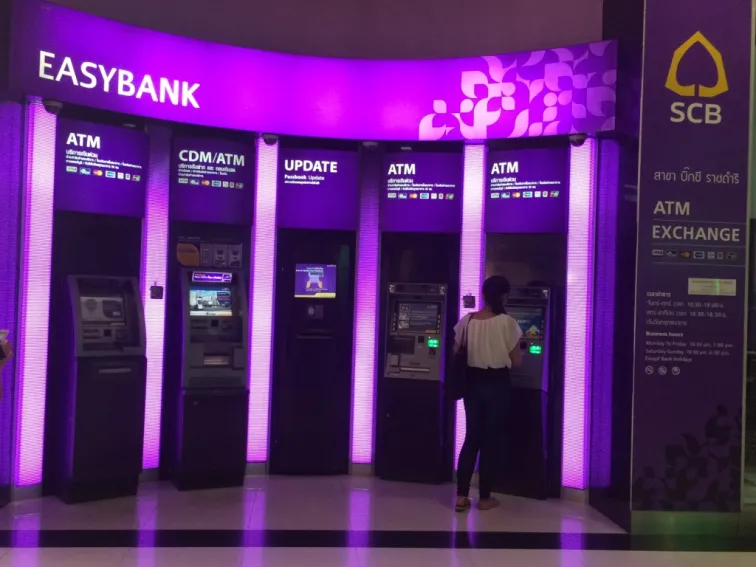
Four reasons why low interest rates are a bane for big Thai banks
It could hurt the banks' investment income.
Low bond supplies with high liquidity from Thailand’s current-account surplus could push market interest rates lower and possibly for longer, said Maybank Kim Eng. This would hurt big banks via lower NIM and investment income. The impact on smaller banks should be less.
"Market interest rates have been falling of late. For example, 1-month government bond yields now trade at 1.1%. This is amazing, as their yields are even lower than 1- ay repurchase interest rates, the Bank of Thailand’s policy rate. This has turned the yield curve into a backwardation curve for the short end," the analyst said.
Maybank Kim Eng said low interest rates would be negative for commercial banks, especially the big ones, as they:
1) Lower NIMs
Because deposit rates are reaching or have already reached zero, lower interest rates are unlikely to force banks to cut their funding costs further. On the other hand, lending rates could succumb to pressure from policy makers, as commercial banks did in May and credit-card companies in July.
As Thai commercial banks’ NIMs are still higher than their ASEAN peers’, policy makers could use this for further moral suasion. Moreover, new regulations to cut credit lines to lower-income borrowers of unsecured loans could heat up competition in this segment, possibly creating another source of NIM pressure.
2) Slow corporate loan growth
Suppressed interest rates could entice corporates to borrow from the debt market rather than banks. In addition, some corporates may believe that interest rates will rise soon, later this year or early next.
This makes fixed-rate debentures even more attractive than floating-rate bank loans. Banks are unlikely to offer lower rates to match falling interest rates in the bond market for fear of NPLs.
There have been more defaults from large corporates recently: Sahavirija Steel Industries, Energy Earth and a slew of digital-TV operators. Although some market sources believethat corporate loans could improve in 2H17, aided by government-led infrastructure investments, these projects have a reputation for delays.
From October to August, their budget disbursement rate this year was only 49.3%, the lowest in five years. Hence, despite improving corporate loan growth in 2Q17, we expect bank loans to corporates to remain soft this year.
3) Lower investment income
Investment portfolios and interbank assets make up a chunk of commercial banks’ assets, at 28% on average for the nine banks we cover. Gains on investments contributed an average 11.5% to their non-interest income in 2016.
While lower interest rates may benefit banks via the revaluation of their bond portfolios, they also raise reinvestment risks, via lower coupons for rolled-over bonds.
Although it is difficult to estimate the impact as banks do not disclose the duration or convexity of their portfolios, we believe that low interest rates are a net negative for them, particularly the big ones since their net investment portfolios are normally larger.
4) Lower income from life-insurance units
Low interest rates could hurt their insurance business in two ways: 1) like banks, life insurers’ gains on investments may soften; and 2) they need to refer to market interest rates for the discount rates they use to calculate the present value of future claims and unearned premium reserves.
As future claims are typically higher than unearned premium reserves, lower discount rates could lead to higher net liabilities. This would result in higher policy reserve expenses today. As such, we anticipate soft earnings from bancassurance in 2H17.












 Advertise
Advertise










